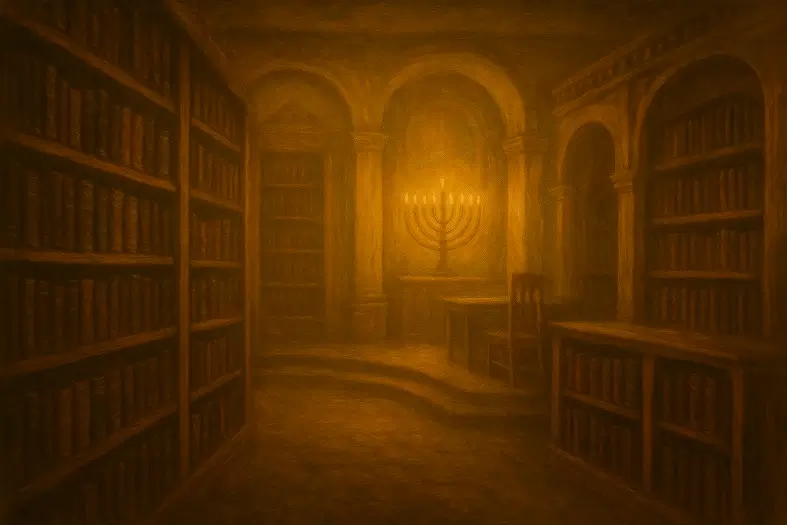


On Yom Kippur, Israel must bring musaf offerings — bull, ram, lambs, and goat — in addition to the daily tamid and the unique Yom Kippur service.
The Yom Kippur musaf sacrifices were brought alongside the singular avodah of the Kohen Gadol (see Mitzvah 400). Rambam (Hilchot Temidin uMusafin 8:10) codifies these offerings: a bull, ram, seven lambs as olot, and a goat as a chatat, in addition to the tamid and the day’s special sin offerings.
Sefer HaChinuch (Mitzvah 310) explains the musaf reflected Yom Kippur’s themes of mercy and atonement, sanctifying the day through communal korbanot. The Talmud (Yoma 70b) details how the musaf was integrated with the High Priest’s service, showing that all of Israel joined in atonement. Rashi (Num. 29:11) notes that this goat was distinct from the two goats of the special avodah, yet it deepened the day’s expiation. Midrash Rabbah (Vayikra 21:6) connects these offerings to Israel’s renewal after sin, like angels restored to purity.
Commentary & Classical Explanation:
Contrast with Rosh Hashanah Musaf (Mitzvah 388):
Parallel to Yom Kippur Avodah (Mitzvah 400):


Mitzvot related to the Jewish festivals — their observance, rituals, prohibitions, and spiritual significance. This includes Torah-commanded holidays like Pesach, Shavuot, and Sukkot, as well as rabbinic celebrations such as Purim and Chanukah.
Concerns the Beit HaMikdash, korbanot (offerings), and priestly service.
Mitzvot that strengthen communal life — showing up, participating, supporting, and belonging. Community is where holiness is shared, prayers are multiplied, and responsibility becomes collective.
Represents Emunah—the deep, inner trust in Hashem’s presence, oneness, and constant involvement in our lives. This badge symbolizes a heartfelt connection to G-d, rooted in belief even when we cannot see. It is the emotional and spiritual core of many mitzvot.
Signifies awe and reverence toward Hashem—living with awareness of His greatness and presence.
Mitzvot that define and deepen the relationship between a person and their Creator. These include commandments involving belief, prayer, Shabbat, festivals, sacrifices, and personal holiness — expressions of devotion rooted in divine connection.

Dive into mitzvot, prayer, and Torah study—each section curated to help you learn, reflect, and live with intention. New insights are added regularly, creating an evolving space for spiritual growth.

Explore the 613 mitzvot and uncover the meaning behind each one. Discover practical ways to integrate them into your daily life with insights, sources, and guided reflection.

Learn the structure, depth, and spiritual intent behind Jewish prayer. Dive into morning blessings, Shema, Amidah, and more—with tools to enrich your daily connection.

Each week’s parsha offers timeless wisdom and modern relevance. Explore summaries, key themes, and mitzvah connections to deepen your understanding of the Torah cycle.